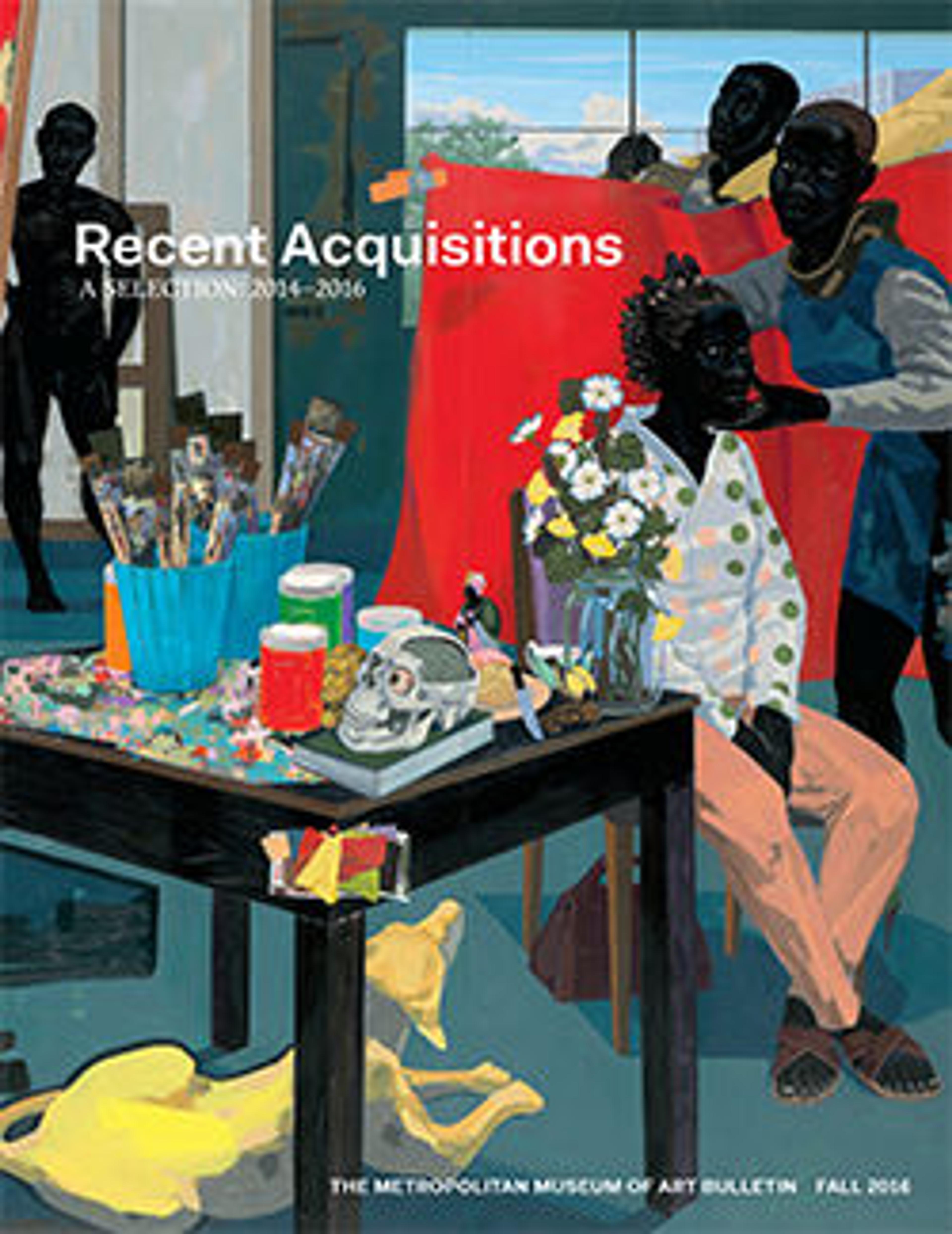Robe à l'anglaise
Believed to have been worn as a wedding dress in 1747, this gown displays the exquisite patterning of English dress silks of the period, with delicate flowers and asymmetrical cartouches disposed in a graceful meander across an open ground. The ivory silk faille is brocaded with three types of silver thread, which add rich texture to the lively pattern. Sumptuous textiles such as this one signified wealth and were admired for the brilliant effects of light reflecting off their surfaces. The flat silver strip brocaded at the centers of the flower blossoms creates a coruscating effect, while the crinkled silver frisé of the stems produces a more restrained luster. Gowns of white and silver (both colors symbolizing purity) were fashionable in the mid-1700s among aristocratic and wealthy brides. Although altered in the 1770s, the dress remains a superb example of the lasting appeal of the era’s fine silks.
Artwork Details
- Title: Robe à l'anglaise
- Date: ca. 1747; altered 1770s
- Culture: British
- Medium: silk, metal
- Credit Line: Purchase, Friends of The Costume Institute Gifts, 2014
- Object Number: 2014.138a, b
- Curatorial Department: The Costume Institute
More Artwork
Research Resources
The Met provides unparalleled resources for research and welcomes an international community of students and scholars. The Met's Open Access API is where creators and researchers can connect to the The Met collection. Open Access data and public domain images are available for unrestricted commercial and noncommercial use without permission or fee.
To request images under copyright and other restrictions, please use this Image Request form.
Feedback
We continue to research and examine historical and cultural context for objects in The Met collection. If you have comments or questions about this object record, please complete and submit this form. The Museum looks forward to receiving your comments.
